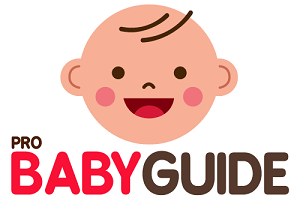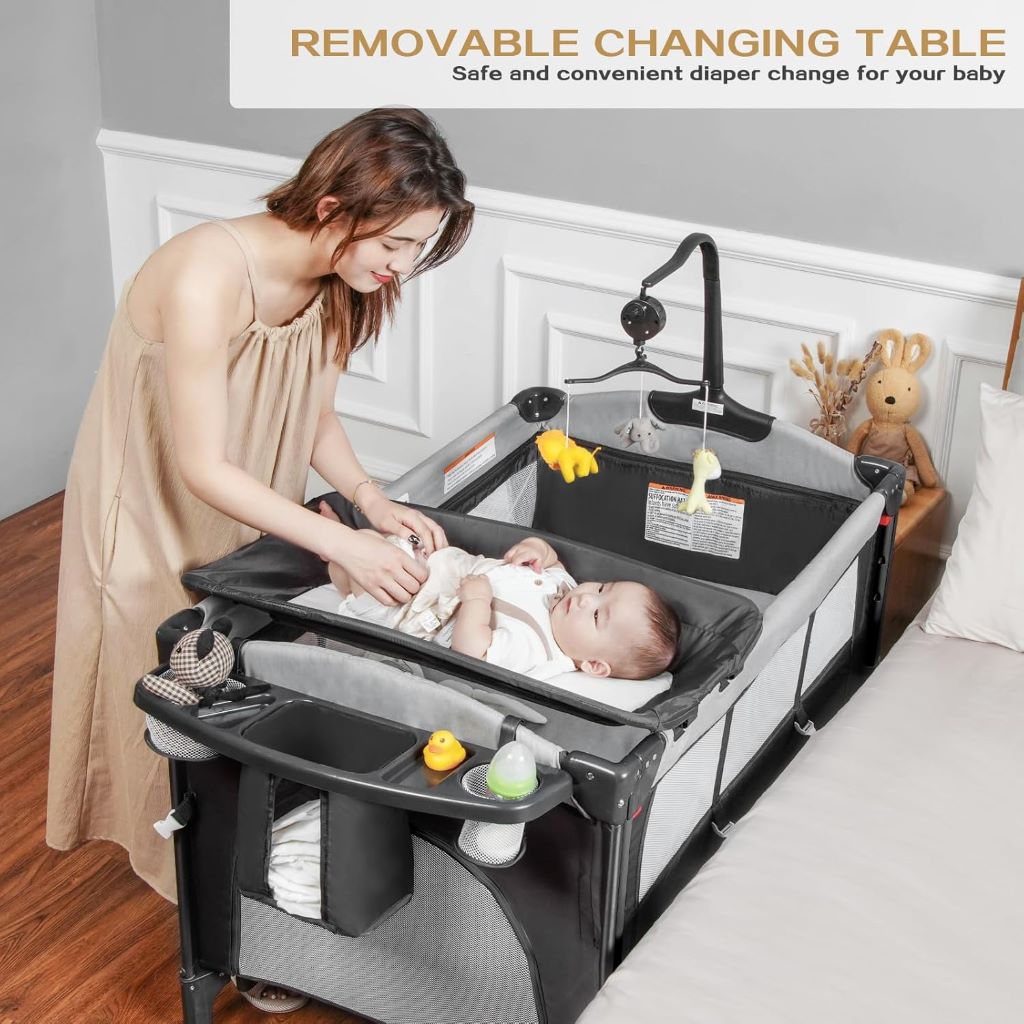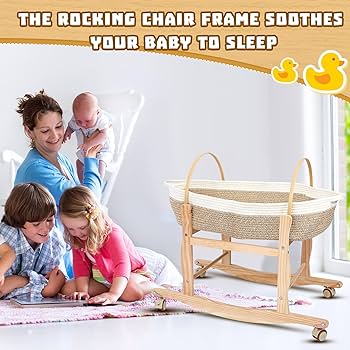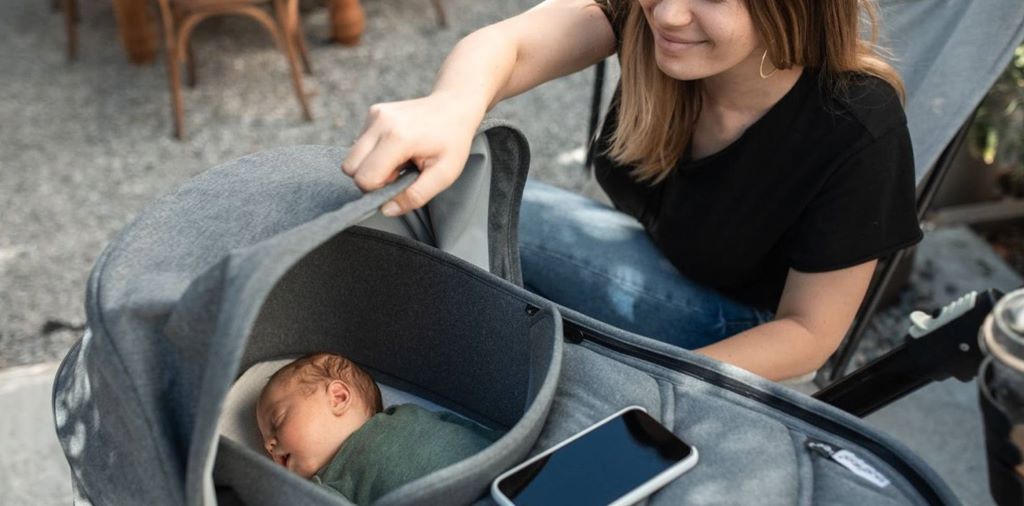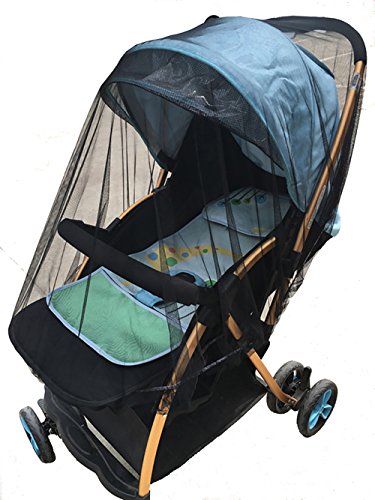Traveling with a baby can be both exciting and challenging. One common hurdle parents face is ensuring their baby sleeps soundly in a new environment. Travel bassinets offer a convenient and portable solution, but adjusting to this unfamiliar sleep space can take time. In this comprehensive guide, we’ll explore effective strategies to help your baby comfortably adapt to a travel bassinet, making your journeys smoother and more restful.
1. Gradual Introduction:
Avoid waiting until your trip to introduce the travel bassinet. A few weeks before you leave, set up the bassinet at home and encourage your baby to take naps in it. This gradual exposure will help them become accustomed to the new sleeping environment before you travel.
2. Familiarize with Scents and Sounds:
Babies find comfort in familiar scents and sounds. Before your trip, place a familiar blanket or toy with your scent in the travel bassinet. You can also play white noise or lullabies that your baby enjoys to create a soothing atmosphere.
3. Recreate Sleep Routines:
Maintain your baby’s usual bedtime routine as much as possible, even while traveling. This consistency will signal to your baby that it’s time to sleep, regardless of the location. Follow the same steps you normally do at home, such as a warm bath, a bedtime story, and a lullaby.
4. Swaddling for Security:
Swaddling provides a sense of security for many babies, especially in new environments. If your baby is used to being swaddled, continue this practice in the travel bassinet. Ensure the swaddle is snug but not too tight, allowing for comfortable movement of the arms and legs.
5. Optimize Sleep Environment:
Make it as comfortable as possible. Use a firm, flat mattress and ensure the bassinet is placed on a stable surface. Adjust the room temperature to a comfortable level and keep the room dark or dimly lit.
6. Gentle Rocking Motions:
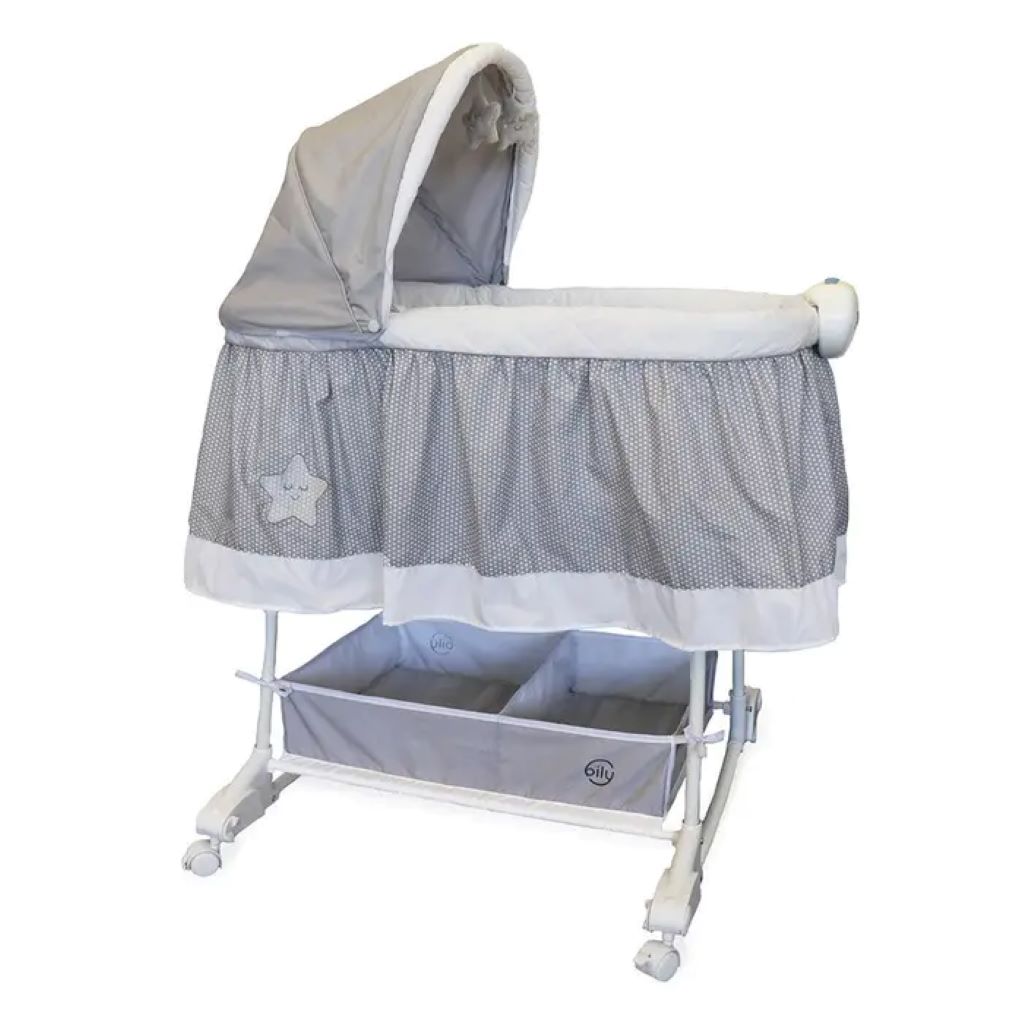
Some babies find gentle rocking motions soothing. If your baby enjoys this, gently rock the travel bassinet back and forth to help them fall asleep. You can also use a baby swing or bouncer with a reclining feature to mimic this motion.
7. Pacifier for Comfort:
If your baby uses a pacifier, offer it in the travel bassinet. Sucking on a pacifier can be self-soothing and help your baby relax.
8. Be Patient and Responsive:
It’s natural for babies to take some time to adjust to a new sleep environment. Be patient and responsive to your baby’s cues. If they cry, offer comfort and reassurance. Some babies might need extra cuddles or attention to settle down.
9. Consider a Portable Blackout Curtain:
Unfamiliar light sources can disrupt your baby’s sleep. If you’re staying in a place where you can’t control the light, consider bringing a portable blackout curtain to create a darker sleep environment in the travel bassinet.
10. White Noise for Soothing:
White noise can help drown out distracting sounds and create a calming atmosphere. Download a white noise app on your phone or bring a portable white noise machine to use near the bassinet.
11. Utilize a Sleep Sack:
A sleep sack can provide warmth and comfort while keeping your baby safe. Choose a sleep sack appropriate for the temperature and ensure it’s the correct size for your baby.
12. Offer Extra Feedings:
Some babies might wake up more frequently in a new environment. Be prepared to offer extra feedings if your baby seems hungry. This can help them feel full and content, leading to longer stretches of sleep.
Related: Delta Children’s Sweet Dreams Bassinet: A Comprehensive Review
13. Practice Patience and Consistency:
Adjusting to a travel bassinet takes time. Be patient and consistent with your efforts. The more your baby uses the bassinet, the more comfortable they’ll become.
Related: Mesh Baby Bassinet Cleaning Tips for Busy Parents: Quick and Easy Techniques
Conclusion:
Helping your baby adjust to a travel bassinet requires patience, understanding, and a few simple strategies. By gradually introducing the bassinet, recreating familiar routines, and optimizing the sleep environment, you can make your travels more enjoyable for both you and your baby. Remember, every baby is different, so be flexible and adapt your approach to suit your baby’s individual needs. With a little effort and preparation, you can create a comfortable and restful sleep experience for your little one, wherever your adventures take you.
